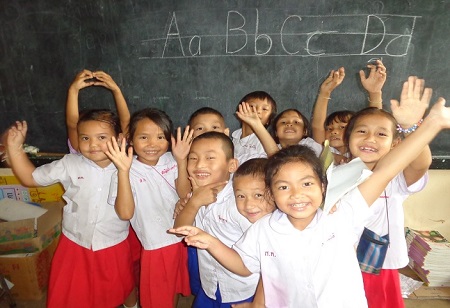Mae Sai, the northernmost district of northern Thailand’s Chiang Rai region, is a major border intersection with Myanmar, renowned for its dense hills. Doi Nang Non, which means “Mountain of the Sleeping Lady” in Thai, is one of the area’s most famous mountains. Apart from being a tourist attraction, Doi Nang Non also functions as an air quality indicator for the students of Banpafae-nongor-sansaimoon School in Mae Sai.
"The mountain is just a few kilometres away from the school and we instructed students on a simple way of recognizing air pollution levels using visibility between the school and Doi Nang Non", stated Nion Sirimongkollertkul, from the Faculty of Engineering at the Rajamangala University of Technology Lanna in Chiang Rai. In April last year, Chiang Mai northern Thailand’s cultural and visitor hub, and home to about 128,000 people ranked as the world’s most polluted city before the hot spots such as Lahore in Pakistan and Teheran in Iran, according to the Swiss Air quality firm IQAir.
“If they can hardly see the mountain, the air quality is dangerous to human health and they should avoid staying outdoors”, said Nion, who has researched air pollution for more than a decade. Nion first became aware of air pollution in Thailand and its impact 16 years ago when she was pregnant. In the past decade, toxic fog pollution has become northern Thailand’s most acute environmental disaster. A haze is a light mist, caused by particles of water or dust in the air, which prevents one from seeing distant objects. The period between February and April is now referred to as “haze season”. Techniques to prevent climate change are also taught.

